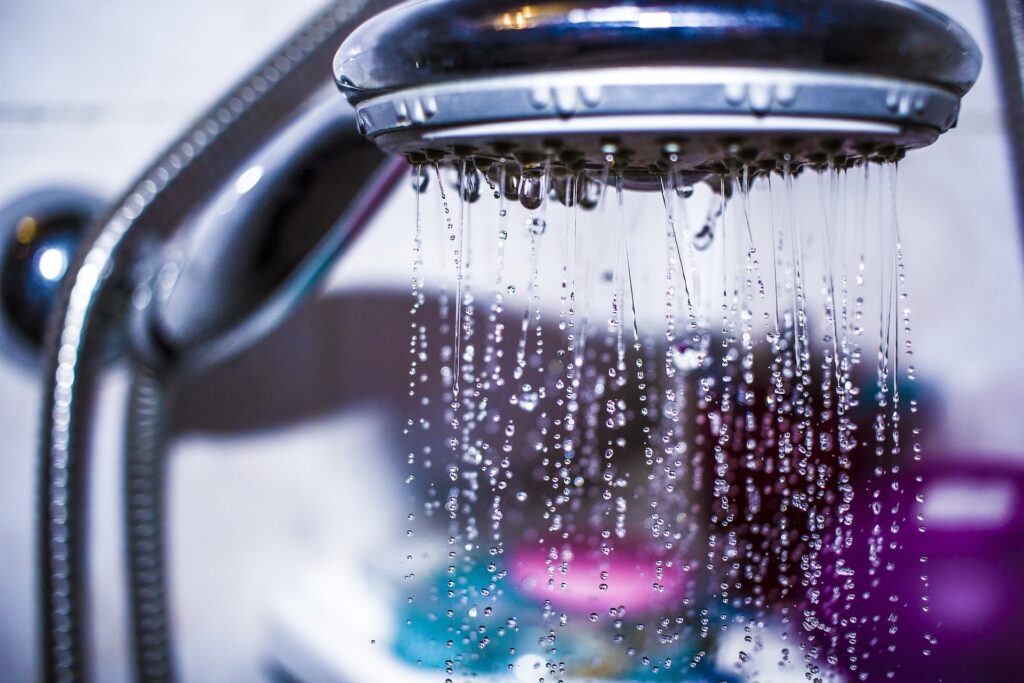
Most of us don’t think about water pressure unless we have a problem while taking a shower or washing dishes. Water pressure determines how forcefully water flows from your faucets. Low water pressure can affect the quality of your shower, but too high of water pressure can cause damage to your pipes and can be hard on all plumbing lines and fixtures. Checking your home’s water pressure a couple of times a year is a good idea and an easy maintenance task too.
- Turn off the water inside and outside your house. Make sure all your faucets and showers, and any water-using appliances (dishwasher, washing machine, ice maker, sprinklers) are turned off. And, notify family members to temporarily not use any water. Any water moving in your plumbing system may cause a low-pressure reading.
- Check to see if you have a dedicated gauge hooked up to your water line. If not you’ll just need to get a simple and inexpensive pressure gauge.
- If your home does not have a dedicated gauge, hook up the gauge to a faucet or hose bib on the outside of your home. Note: If you get water from a municipal utility, select the closest one to the water meter. If you are on a well, choose a hose bib as close as possible to the well’s pressure tank.
- Next, tighten the gauge by hand and open the faucet all the way. Make sure it’s a good seal as this is necessary for an accurate reading.
- Check the gauge to see your water pressure. Your pressure should range between 40 and 80 psi (pounds per square inch). If you are above or below this range, call a plumber.
If you live in the Orlando area and the water pressure in your home falls outside of the normal range, give Michael’s Plumbing a call at (407) 219-9772 or contact us online. Our friendly, skilled plumbers will come out and investigate the problem and will ensure that it is fixed right away.

